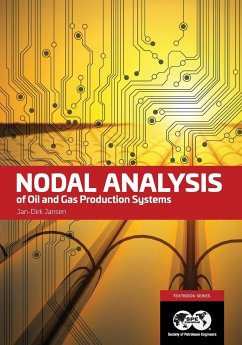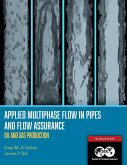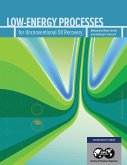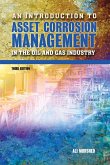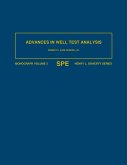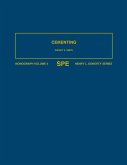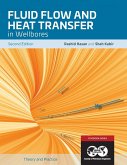Nodal Analysis of Oil and Gas Production Systems provides a modern view on the use of nodal analysis techniques to optimize the production from oil and gas wells. It covers multiphase flow through flow lines, wells, chokes and the near-well reservoir. It teaches the development of mathematical models for those system elements, and how to implement these in computer code. It explains the underlying physics, starting from first principles whenever possible, and reverting to empirical correlations whenever necessary. It covers the essential concepts in nodal analysis of a well system and aims at providing the readers with enough knowledge to use commercial nodal analysis software for more complex systems, explore the literature in this field, and expand their knowledge. This book is based on material used in a three-month course for first-year graduate students in the Petroleum Engineering MSc program at Delft University of Technology (TU Delft). This course aims at providing skills in the development and use of mathematical and computer models for flow through the various parts of an oil and gas production system. The underlying idea is that a basic understanding of the numerical implementation of theoretical concepts should be an important element in the education of all engineering students, even though only a few of them will become tool developers and most of them will just use software tools whose inner workings are hidden behind slick user interfaces. Although the book is primarily intended for classroom use, it may also be of value for practicing engineers or researchers who want to get acquainted with the essentials of nodal analysis or learn more about the underlying theory.* Prerequisites are a basic understanding of physical transport phenomena; calculus, including first-order differential equations; and preferably an acquaintance with hydrocarbon properties and oil and gas well completions. Questions and exercises are provided at the end of each chapter. Some of those involve computations that can be performed by hand with a calculator, while others require the use of a computer to run the matlab routines that accompany the book. matlab questions and assignments form an important ingredient of the course, and a basic level in computer programming will therefore be of help to benefit maximally from the book. Hand calculations are primarily seen as a means to obtain quick order-of-magnitude estimates or to verify the results of computer simulations. However, the theory is presented in the book to be understandable without the reader going through the matlab exercises. Worked-out answers to all questions are provided in Appendix G. An early version of this book was based on material written by prof. Peter K. Currie. Since I took over his course in 2001, the text has gradually been rewritten and expanded. During Spring 2011 I revised major parts while teaching a similar course at Stanford University. Very little of the theory described in the text is new, and I acknowledge the contributions of all those who have pioneered the field of nodal analysis and the underlying models for the various production system elements. I have tried to refer to the original sources as far as I am aware of them. Moreover, I acknowledge the contribution of many students and teaching assistants at TU Delft and Stanford who helped to spot errors, inconsistencies, or material that was unclear, both in the text and in the accompanying matlab code. No doubt there is still room for further improvement. If you find errors, note missing references, or have other comments, please let me know at j.d.jansen@tudelft.nl.

